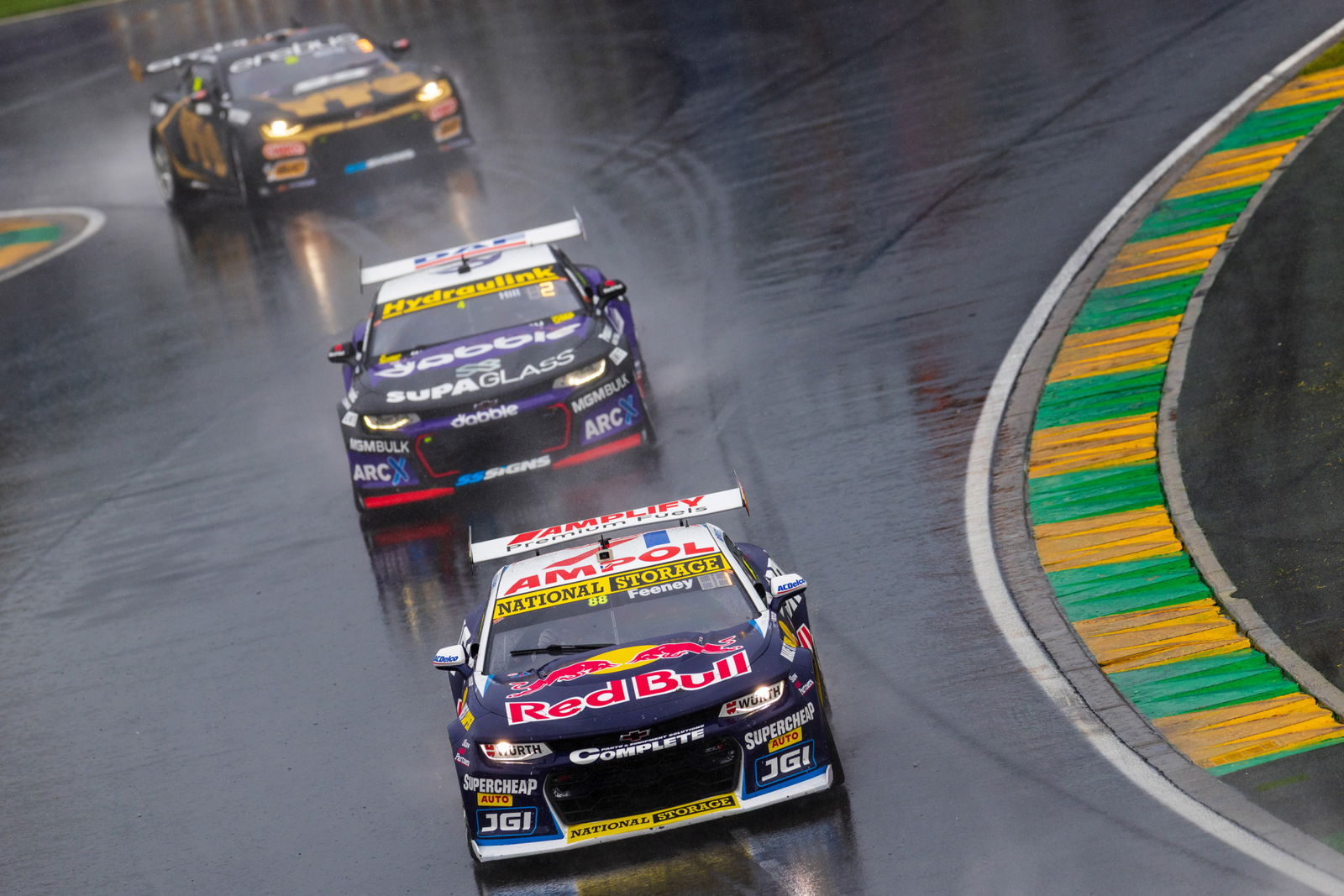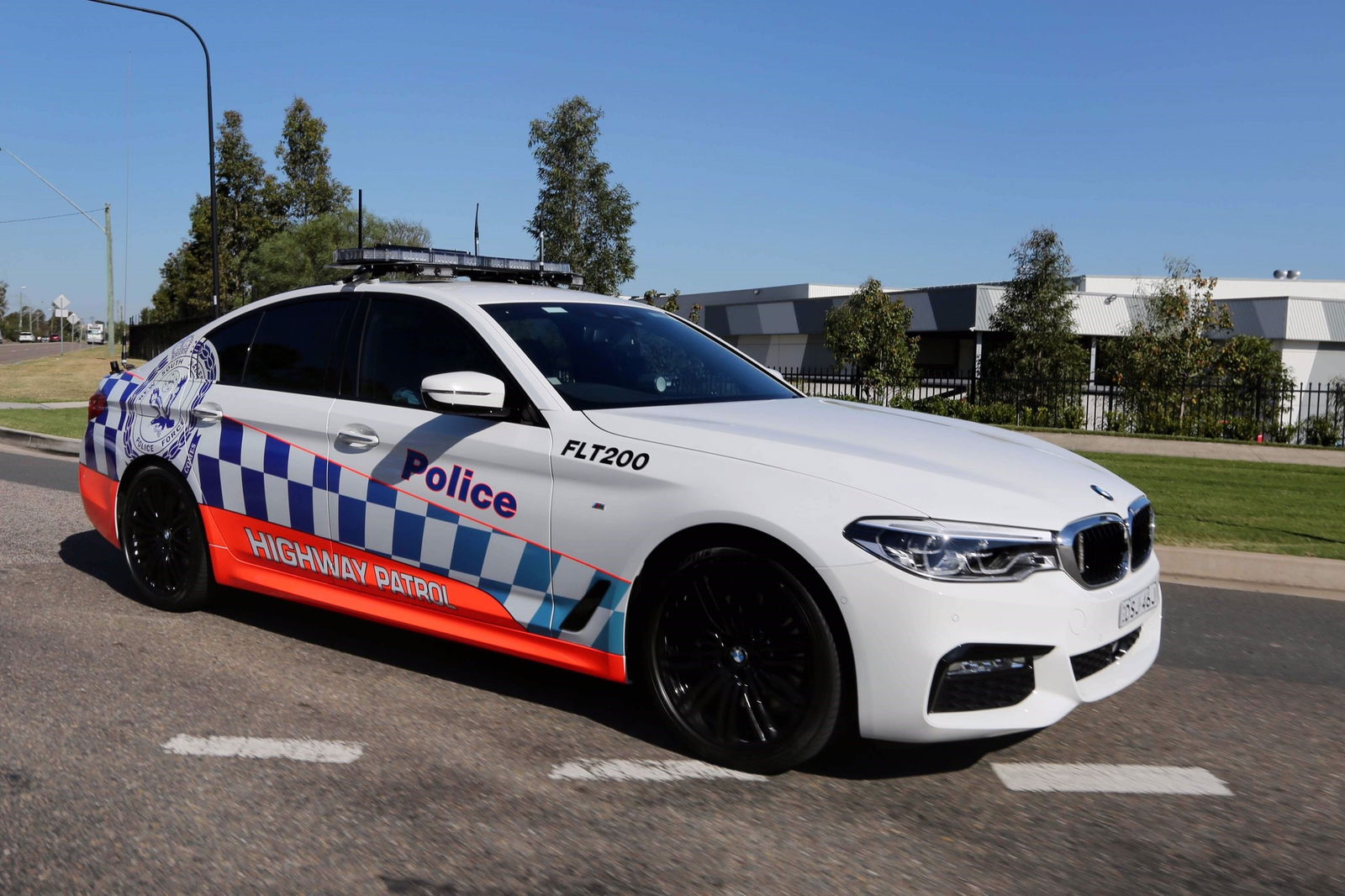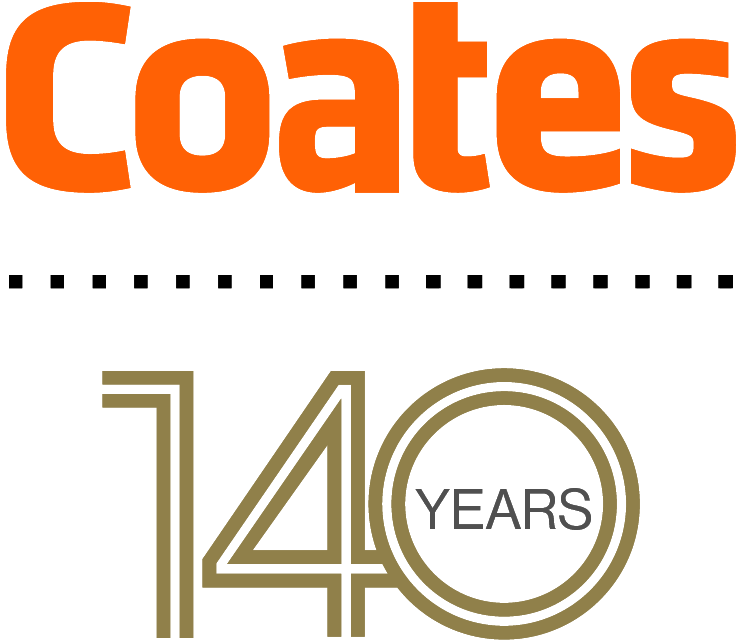

The last of the weekend’s four sprints consisted of two laps behind the Safety Car before the race was suspended due to heavily wet conditions.
A decision was then made to abandon the race entirely once it became clear there was not enough time left in the tight Formula 1-focused schedule to perform a restart.
Several drivers and team bosses commented that the need to have cars packed in containers for the next round in New Zealand within days meant abandoning the race was the correct call.
The notion that fans missed out on racing action on Sunday due to teams fearing damage would impact preparation for a future event has been widely criticised.
Taylor told Speedcafe the decisions were made by race control and the stewards, with no instruction from Supercars to stop or abandon the contest.
“It was about safety,” explained Taylor, who works alongside deputy race director David Stuart, Clerk of Course David Mori and Driving Standards Advisor Craig Baird.
“There were discussions once the call had been made and some feedback from the driver group, ‘good call gents, we probably would have lost 20 cars’. But that was after the fact.
“There was never any thought about getting cars to New Zealand because if you did that at every round, we’d be worried in New Zealand about getting cars to Tasmania and so on.
“It was based on what was happening at the time and the circumstances at the time.”
The Supercars race took place between Formula 3, which was red flagged in its closing stages due to heavy rain, and F2, which was abandoned without a green flag lap taking place.
Taylor explained the decision was made to start the Supercars race under Safety Car so officials could gauge the conditions.
That process included Baird scanning driver radios, as well as receiving input from Safety Car driver Jason Routley and marshals at flag points around the circuit.
Taylor instructed the Safety Car to increase its speed from 80km/h to 100km/h for the second lap under yellow before calling for the red flags.
“Craig said ‘the feedback coming from the cars is not positive’,” explained Taylor. “It’s great if you’re in the first three, but when you are in the pack with the spray, it’s different.
“The feedback from the marshals and from Jason was there more and more standing water starting to occur.
“The four of us and the stewards, we made the decision to neutralise the race and brought the cars to pit lane.”
While the weather – which had rain arriving in waves – did begin to improve, Taylor said the tight Albert Park scheduling ultimately put a kybosh on any chance of a restart.
“After a race suspension all restarts commence from the five-minute signal,” he said.
“It’s not like a Supercars event when we’d start asking questions of the stewards, the promoter and the TV about getting an extension.
“We just don’t have that avenue at the grand prix, there’s not that allowance for it. We were wedged between F3 and F2 and it’s just so tight, even F3 has a time certain finish on the Sunday.
“We had to recommence by a certain point to run the whole sequence properly and it just killed it. We were looking at alternatives but time became our biggest enemy and time won.”




















Discussion about this post